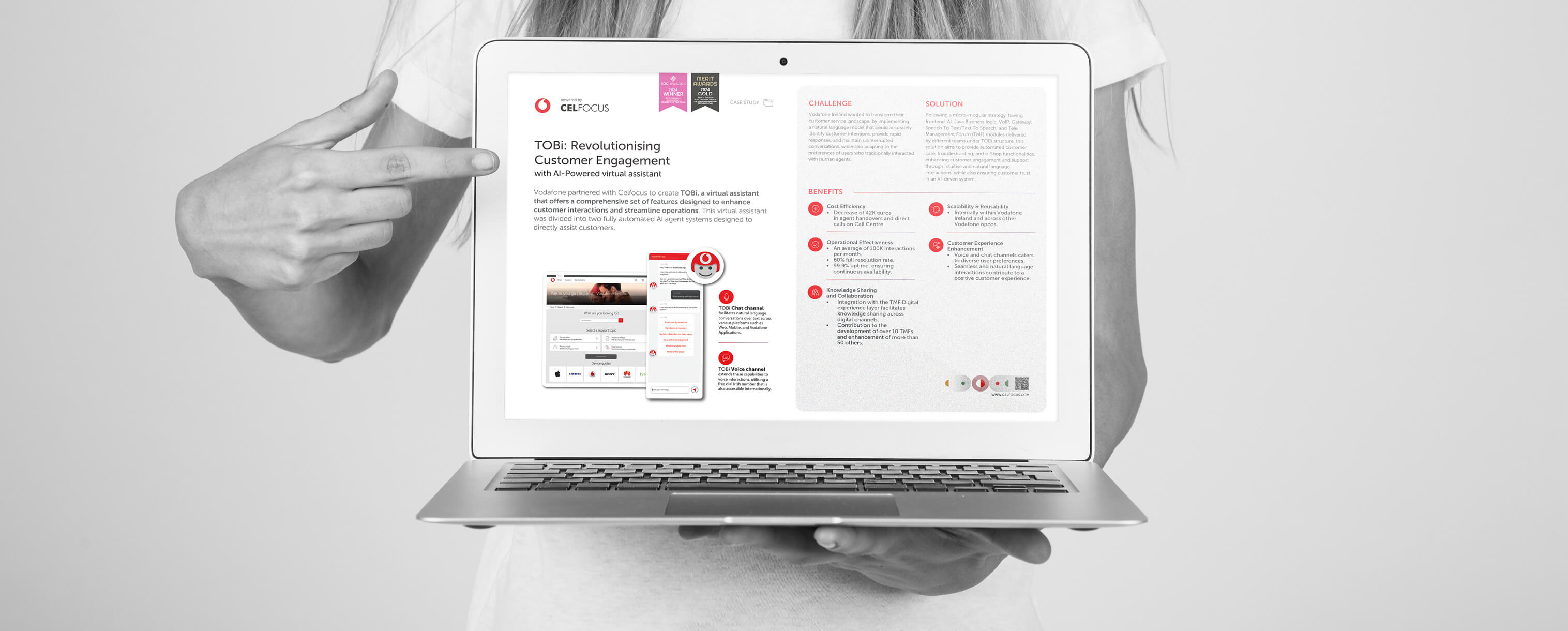|---Module:text|Size:Small---|
Consumer emotions are easy to understand when some kind of injustice or expectations are not filled up right. Many of us can argue strongly against a phone assistant because of a somewhat insignificant wrong bill of 5€ difference. Seems irrational when compared with other expenses but our gut feelings about right and wrong come up. Understanding those emotions is very important to run “pay-as-you-go” services. Customers need to feel that they are in control and everything needs to be more than “fair enough”.
Many of us like to spend the right amount of money on things we deserve and love and proudly tell others: “look what I got for this amount of money. It’s a bargain. It was such a smart purchase”. Of course, the opposite feeling ignites the most furious reaction.
Some of the healthiest consumerism is made of simple and emotional attachment to the value we get. The amount paid, in most cases, is irrelevant on our monthly spending balance sheet. But relies on the joy or hate it brings.
To understand how the next generation of Revenue Management Systems should work, the best is to understand what drives the most out-of-control consumer bad behaviours, when we face a service bill? Let’s take a look:
|---Module:image|Size:Small---|

|---Module:text|Size:Small---|
- Contractual obligations to avoid changes: In some cases, contracts and business models are aggressively designed to promote loyalty and retention, being too difficult to make rearrangements – leading to customer frustration and consequent anger. The solution is always treating extreme situations as… extreme! And, of course, design pricing models and contracts with adequate flexibility. This situation is very hard to manage. Best be avoided.
- No simple rules of thumb: Customers love being in control, even if they have to pay a little more for it. Any pricing simplicity comes with an obligation: a straight way to understand what is being charged and why. No strings attached. Pricings based on continuous consumptions need to be easy to decipher. Everything else will kill confidence and receptivity to try new offerings and business models.
- Discover overpriced propositions: Anger and disappointment are obvious in this situation. Healthy competition between service providers leads customers to look for better price/benefit alternatives. The worst scenario is when the customer discovers by himself better alternatives inside their current service provider. These cases demand proactivity from a selling perspective. Trust on public advertising campaigns is not enough to serve customers trapped in obsolete or misaligned offerings.
- Unpredictability: Nothing more uncomfortable for human beings than uncertainty, leading to bill shock and other cursed behaviours around any service. This means that services should be calibrated and protected against high sensitivity variables. Nobody wants to feel fear by using a service... Fear is the biggest enemy to try service innovations and new models.
- Bill shock: Something that happens sometimes in our consumer life, due system errors, misunderstood contractual obligations, service changes or simply bad usage over a bad pricing design. In these cases, the best is to anticipate customer reaction. Bill shock is a two-sided cursed coin: should shock both consumer and service provider. The solution needs to be very dedicated customer care, to fix an outrageous outcome of bad service design.
- Not using what you’re paying for: One on the basic feelings about waste, that will drive self-punishment. A feeling to avoid consumers from feeling. This happens when a serviced customer forgets to use the service or simply doesn’t know how to get the most of it. The best is to target a campaign to increase usage or in extreme cases, propose alternatives for the money spent.
- Bad debt: In most cases, bad debt results simply from wrong or outdated payment credentials, but in other cases is due customer’s financial situation. Debt collections can be embarrassing and need to be handled carefully, starting by gentle reminders, providing simple and flexible ways of payment and, if needed, permit payment instalments.
- There is always a better campaign for newcomers: This is one of the most common situations that drives customers to think service providers are greedy and don’t care about existing customers. But existing customers have already taken advantage of similar benefits. The best way is to provide existing customers with the opportunity to access new campaign offerings, in exchange for contract extensions or service upgrades. Both sides win and everyone will be happy.
- Excessive expenses in small portions: This happens when turning a cheap service into an overpriced duty, without any control over-usage. Many of OTT “value-added” services are charged this way and are very hard to trace or cancel. One example of this is an inbound messaging service subscription, without daily messages cap. The best way to avoid feeling fooled is by avoiding these kinds of subscriptions.
- Weak usage traceability: Opaque, disperse information about service usage and outcome contributes to engagement loss. Every recurrent service, based on monthly fees, need to promote their relevance. Usage statistics and usage journaling help customers trace and better understand what value service delvers. The opposite will lead to boredom and abandonment.
- No auto-rationalise usage/cost: This is when service usage is not transparent enough and leads to overcharge. The better is alerting the consumer about what the “fair use” of available resources, or simple exhibits real-time usage, creating better consumer behaviours – always using human and real-life language.
- Encrypted pricing: Pricing complexity, ruled by algorithms, special conditions, gamified promotions tend to be understandable only by a small fraction of the customer base. The rest will always think someone else is taking real advantage, because they know how to trick the system. One of the worst things a customer can feel is being dumb. Empowering customer choices and options is the way to go.
- Deferred usage monitor: All situations where a service usage window analysed is highly desynchronised of real service charged leads to an enormous loss of confidence in transparency. Any dispute about errors, or availability to hear about better services offerings is not possible. Customers feel trapped and manipulated. Not a good feeling.
- Difficult to convert usage units to cost: Scrambled pricing is ultimately seen as a dishonest way to charge service. People hate services that are very difficult to understand how to measure usage against price. Even the more complex services need to be convertible into simple priceable items. “Time spent” is always the first approach for a complex service, but in many cases can be opaque and too dependent on sensitive variables. In many cases price ladder techniques helps to better segment the customers in specific spending behaviours. The way is to absorb complexity into simpler and honest propositions.
- When errors benefit the company: The real meaning of unbalanced power and injustice come to mind when a company uses law, rules and technicalities to overcharge customers, or simply explain misalignments between parts. Errors can occur, even those that are originated by customers’ behaviours. The problem is: people expect the company to protect the customers and not simply exploit weaknesses. The resulting feeling will be some kind of disgust or loathing.
Future Revenue Management systems should be prepared to avoid many of these bad feelings, that can happen more often and simultaneously. This is because services became more diverse, more complex, more engaging and personalised - as a result of what the digital revolution is doing for the consumer these days.
Learn more about Celfocus Revenue Management here.

























